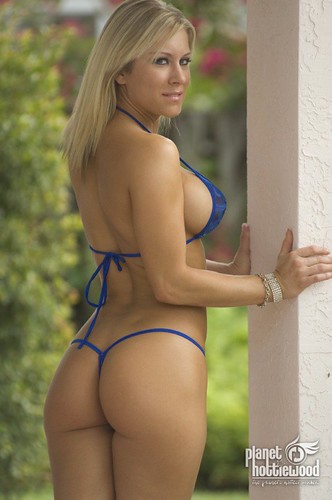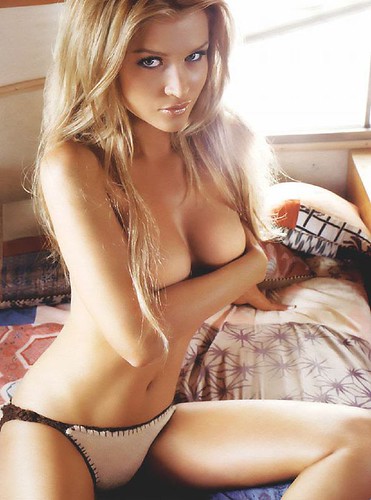~Luciano de Crescenzo~
|
|---|
Saturday, September 4, 2010
Each of us are angels...
~Luciano de Crescenzo~
Saturday, April 3, 2010
The Christian Cross
Sunday, June 8, 2008
Wednesday, February 20, 2008
The Holy City - The Huguenot Church



The French Protestant Church of Charleston was founded in approximately 1681 by Huguenot refugees from the Protestant persecutions in
In 1845, the church also purchased and installed a tracker organ carved in the style and shape of a Gothic chapel. Its keys are connected with the pipe valves by a wooden "tracker" or mechanical linkage which responds to the organist's touch faster than any modern mechanism allows. Its tone is similar to the Baroque organs for which Bach and Handel composed. It was built by the leading American organ builder of the first half of the 19th century, Henry Erben. After the fall of
This is the only remaining independent
Our weekly worship service is conducted in English. It is a liturgical service, adapted from the liturgies of Neufchatel and Vallangin dated 1737 and 1772. Communion services are held periodically and are open to all believers. Since 1950, an annual service in French has been celebrated in the spring.

















